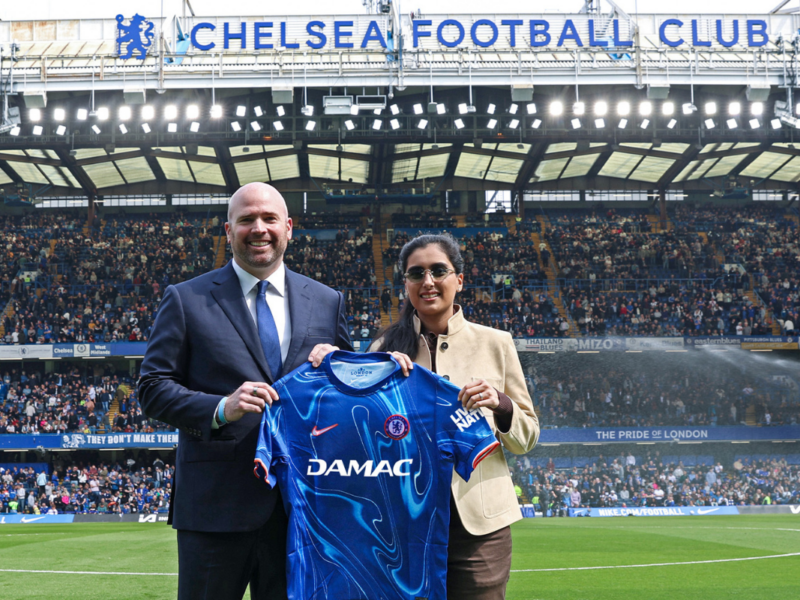Apple unveiled on Tuesday an iPhone with a fingerprint scanner to help it stand out in a crowded field of similar smartphones, plus a cheaper plastic model for emerging markets that proved pricier than expected.
The “iPhone 5C” comes in five hues – blue, green, pink, yellow and white – and starts in the United States at $99 with a contract, or $549 without. But an unlocked 5C will go for $730 and above in China, more than the average urban resident earns in a month and a price that may disappoint those hoping for a more aggressive assault on the world’s largest cellular market.
Apple has been losing ground to Samsung and Huawei in emerging markets such as China, and a more affordable 5C was deemed instrumental to helping it claw back market share.
It also needs to sharply expand its existing distribution. The company on Wednesday did not address speculation that it is on the verge of signing a distribution pact with China Mobile Ltd, the country’s biggest wireless carrier with more than 740 million subscribers.
Otherwise, details of the two new iPhone models had been telegraphed ahead of time in several media reports, leaving the US launch devoid of major surprises, and Apple shares dropped more than 2 percent on Tuesday to $494.64.
The pricier “5S” begins at $199 with a contract and also comes in three colours – gray, silver and gold. It sports a faster processor, a camera that takes bursts of photos and chooses the best, and the fingerprint-scanner that unlocks the phone with a touch.
The cheaper phone goes on sale online on Friday, while the pricier gadget will be available from September 20. For the first time, it will sell in China at the same time as the United States, a move expected to severely curtail the underground market for smuggled phones in the world’s No. 2 economy.
The 5C marks a departure from Apple’s focus on purely premium phones, but not as much as some expected.
“It means Apple will hold on to margins but clearly they are not going after the very low-end of the market, which will disappoint some investors,” said Shannon Cross of Cross Research.
“This is their first foray into multiple colours and the plastic back. Keep in mind by next year they would have probably have discounted this down, so I think there’s still opportunity.”
Wall Street approves of the move to offer a more basic version of the device, although some investors warned initially that it would reduce margins and potentially tarnish a brand that has been linked to premium users since its 2007 inception.
Others worry that, at just $100 below the 5S, the cheaper iPhone will begin drawing would-be buyers away from the premium gadget. Apple has said it prefers to cannibalise its own gadgets rather than allowing rivals, such as phones that rely on Google Android software, to siphon off customers.
Apple would have had to ward off “Android or even Microsoft, picking up some momentum with its new partnership with Nokia. Apple shouldn’t leave the entire field to all these guys,” said Roger Kay of Endpoint Technologies. “They’ve put their ‘slightly down market but not really enough to change the brand’ product into the market.”
Longer term, investors hope a bigger emerging-market presence can help reverse a 29 percent fall in the company’s share price since it hit a record high of $702.10 a year ago. The sell-off was fueled by fears of slowing growth and a perception that Apple’s ability to innovate and shake up industries was dwindling.
Industry observers said Apple had not turned out a category-defining electronic device since late co-founder Steve Jobs made a bet on the iPad in 2010. Speculation revolves around a smartwatch along the same lines as Samsung’s recently introduced Galaxy Gear, or some sort of TV product.
But analysts said neither was likely to generate numbers anywhere in the neighbourhood of the iPhone, which supplies half of Apple’s revenue and is the company’s highest-margin product.
Since the first touch-screen iPhone hit the market in 2007, software features have become easier to replicate and improvements in speed, weight, display size and resolution have become routine. The explosion of me-too products is already hurting profit margins and nibbling at Apple and Samsung’s market share.
“Apple needs to demonstrate in the coming months that it has other product lines which can start to make up for slowing growth and falling margins in (the) iPhone and iPad,” said Jan Dawson, a chief telecoms analyst for Ovum Research. “That’s a tall order.”









